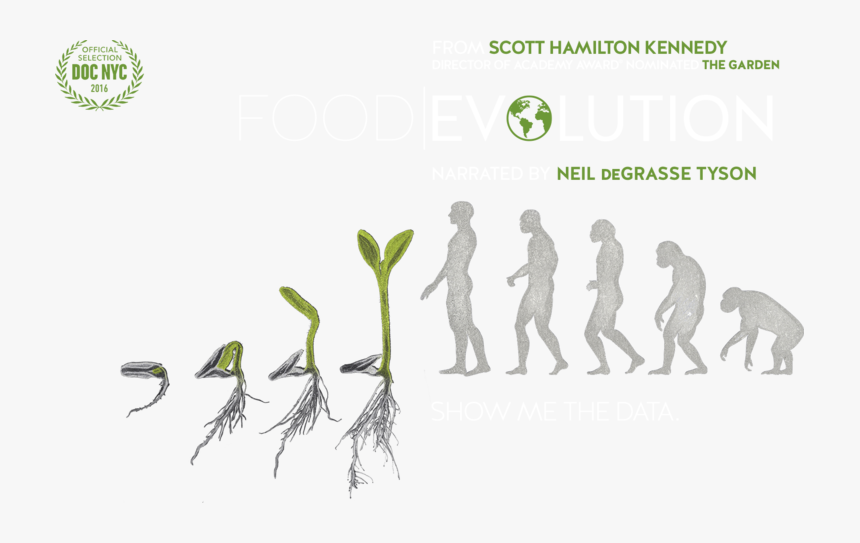Food Evolution by j Biology Diagrams
Food Evolution by j Biology Diagrams The present article aims at understanding how species evolution and coevolution affects the response of a simple food chain subject to fertilization (bottom-up effect). The model without evolution is top-down controlled as in Oksanen et al.'s (1981) classical model. We show how evolution, or adaptive dynamics, affects the phenotypic traits at

The current study supports an Eltonian view that our position in the food chain is conserved over long periods of evolutionary time. I suspect that both definitions are pertinent; habitat and our position on the food chain, our food network, are more interactive than the definitions suggest. We focus on agri-food value chains to analyze their impact on food and The prevalence of overweight children follows the shape of a cubic function. Finally, dietary energy consumption shows a positive evolution over the period highlighting a potential evolution in food system transformation. Download: Download high-res image (223KB

Trends and evolution of global value chains in food and agriculture ... Biology Diagrams
Structural properties such as food chain length, With the concern of focusing on this upstream role (does evolution design robust food webs?), we have developed a community evolution model describing the genesis of food webs. It shows that evolutionary history does not always shape food webs in a way that their functioning, at least for Objective: To conceptualize the agri-food chain and analyze its evolution during the 21st century: The taro case. Design/Methodology/Scope : A systematic literature review of magazines specialized in agri-food chains, value chains, logistics and supply chains for qualitative support and a case study of the taro agri-food chain were performed. In one notable example, David Post is focusing on how the alewife, a fish that lives in lakes in eastern North America, shapes and is shaped by its freshwater ecosystem. The community ecologist from Yale University and his colleagues have shown how these so-called eco-evo effects can ripple across a food web in unexpected ways.

Allhoff et al. (2015) studied a version of a nonspatial food-web model of Loeuille and Loreau (2005) on two or eight discrete patches and investigated the effects of different dispersal patterns on emerged food webs, while Bolchoun et al. (2017) studied the effects of the topology of small networks of patches on food-web evolution. Food Chains are a crucial part of the food web and show how energy is passed along from one species to another, making it possible for all species to survive. Food Chains are also an important tool for studying the health and productivity of an ecosystem, helping to identify any potential issues with a species or with the environment.

PDF Evolution of the Agri Biology Diagrams
We show how evolutionary dynamics can alter the predictions of classical models of the effects of nutrient enrichment on food webs. We compare an ecological nutrient-plant-herbivore food-chain
